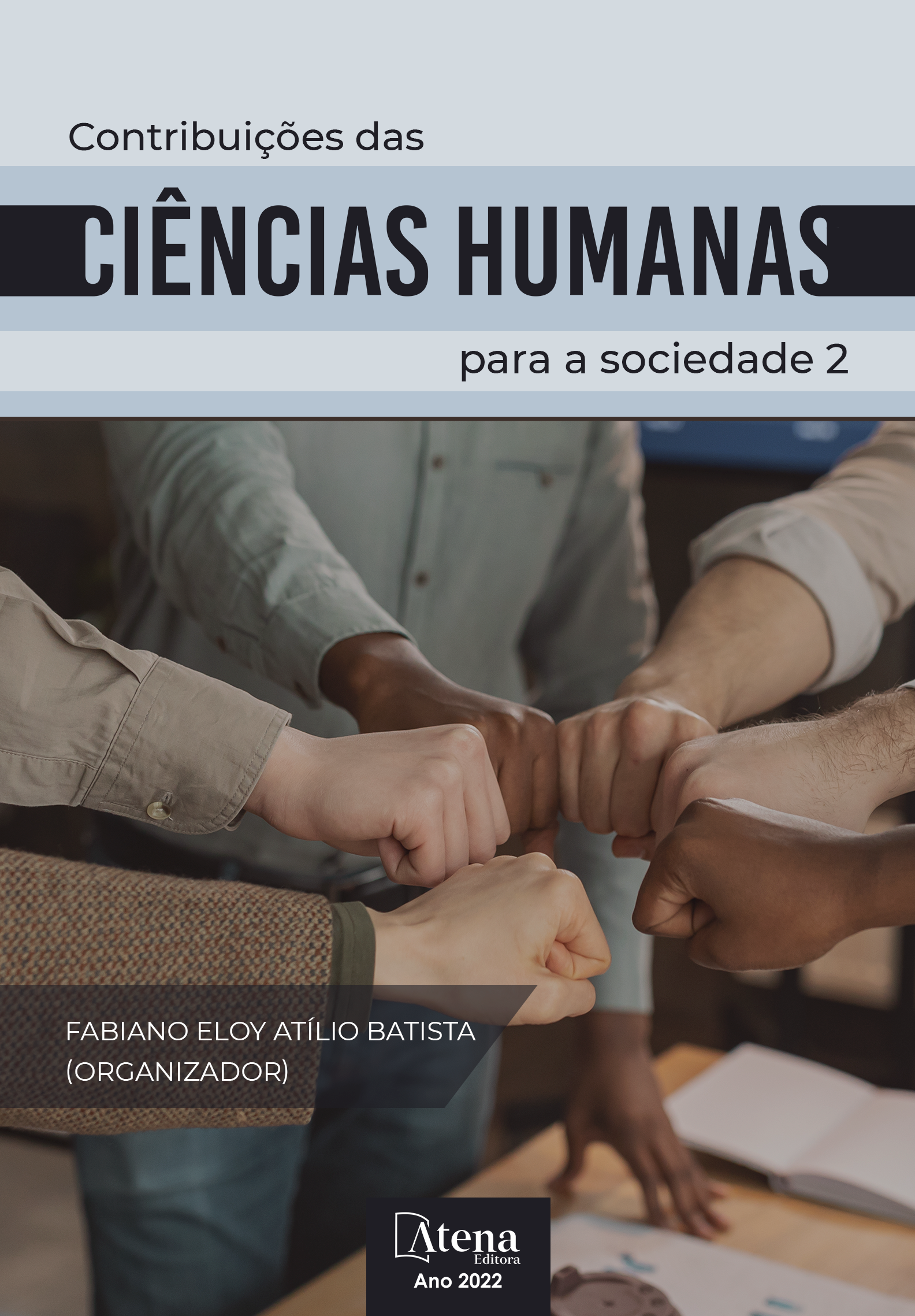
DISCURSO E REPRESENTAÇÃO EM “O JARDINEIRO TIMÓTEO”
Refletir sobre como o negro é representado em diversos discursos e questionar essa representação é uma forma de investigar a função dessa representação na e pela linguagem e como essa representação funciona em diversas práticas discursivas, produzindo, reproduzindo ou questionando relações de preconceito racial. Isso abre um enorme leque de investigação e, ainda, a possibilidade de mudanças. No caso desse trabalho, temos como objetivo refletir sobre essa temática por meio da análise textualmente orientada do conto O jardineiro Timóteo (LOBATO, 1994), refletindo sobre a situação econômica e política da época de sua produção, bem como acerca das ideologias que, desde aquele tempo, contribuem para a criação de mitos raciais até hoje veiculados e, por vezes, aceitos. Essa análise será realizada tendo como suporte teórico central a Análise Crítica de Discurso – teoria e método (FAIRCLOUGH, 2001; MAGALHÃES, 2004; RESENDE e RAMALHO, 2006), teoria essa que, com suas três dimensões - a textual, a discursiva e a social - e suas respectivas categorias analíticas, contribui para desvelar representações e ideologias subjacentes a textos e materializações de discursos. Esperamos, com isso, contribuir com um novo olhar para questões raciais, com o desvelamento de discursos não oficiais para que, quem sabe, sejam possíveis novas relações sociais e humanas mais igualitárias, no âmbito da escola e fora dele, no que se refere a questões raciais (DOMINGUES, 2008; MAGALHÃES, 2004; FERNANDES, 2007) Algumas considerações já podem ser feitas, a saber: a Análise de Discurso Crítica muito tem a contribuir para o ensino, ao desvelar ideologias, discursos e representações, e o emprego da literatura na sala de aula para trabalhar com discursos sobre desigualdade e racismo de modo textualmente orientado é profícuo, como mostra nosso trabalho como professoras de estágio supervisionado em Língua Portuguesa.
DISCURSO E REPRESENTAÇÃO EM “O JARDINEIRO TIMÓTEO”
-
DOI: 10.22533/at.ed.98122180217
-
Palavras-chave: Análise de Discurso Crítica, representação, racismo.
-
Keywords: Critical Discourse Analysis, representation, racism.
-
Abstract:
Through reflection on how black people are represented in various discourses and through questioning this representation, it is possible to investigate the function of this representation in and through language, and also how this representation works in various discursive practices, when producing, reproducing or questioning racial prejudice relationships. This type of reflection opens up a huge range of investigation and also the possibility of change. In the present paper, we aim to reflect on this theme through the textually oriented analysis of the short story "O jardineiro Timóteo" (LOBATO, 1994), reflecting on the economic and political situation at the time of its production, as well as on ideologies which, since that time, have contributed to the creation of racial myths that have been circulated and sometimes accepted. The analysis will be carried out using as central theoretical support the Critical Discourse Analysis - theory and method (FAIRCLOUGH, 2001; MAGALHÃES, 2004; RESENDE and RAMALHO, 2006), a theory which, in its three dimensions - textual, discursive and the social - and in their respective analytical categories, contributes to unveil representations and ideologies underlying texts and discourse materializations. Therefore, we hope to contribute with a new look at racial issues, with the unveiling of unofficial discourses, in order to make new, more egalitarian human and social relations possible, inside or outside the school, regarding racial issues (DOMINGUES, 2008; MAGALHÃES, 2004; FERNANDES, 2007). Some considerations about the discussion proposed here can already be made, such as: Critical Discourse Analysis has a lot to contribute to teaching, by unveiling ideologies, discourses and representations, as well as the use of literature in the classroom as a way to deal with discourses on inequality and racism in a textually oriented way can be fruitful, as demonstrated by our practice as teachers of the subject Supervised Internship in Portuguese Language.
-
Número de páginas: 13
- ELIANA DIAS
- MARIA CECÍLIA DE LIMA


